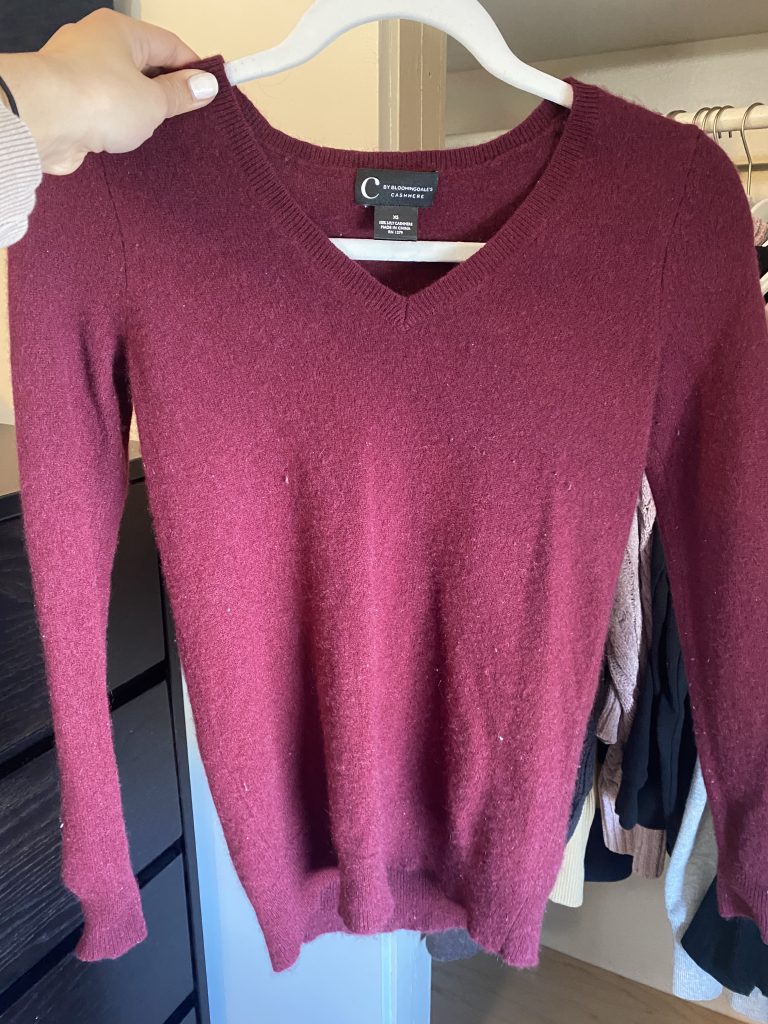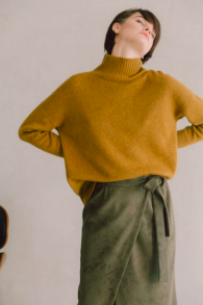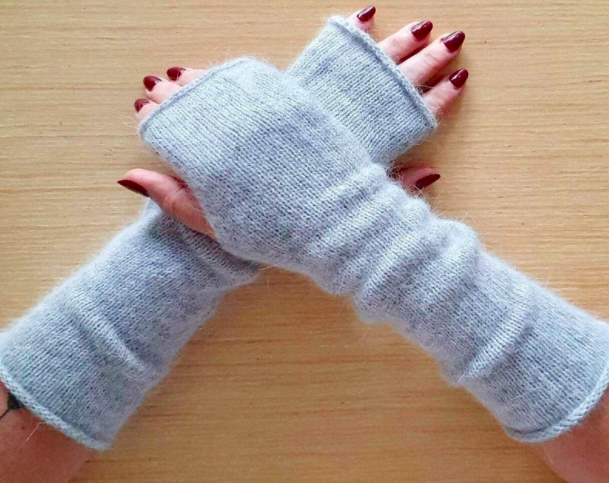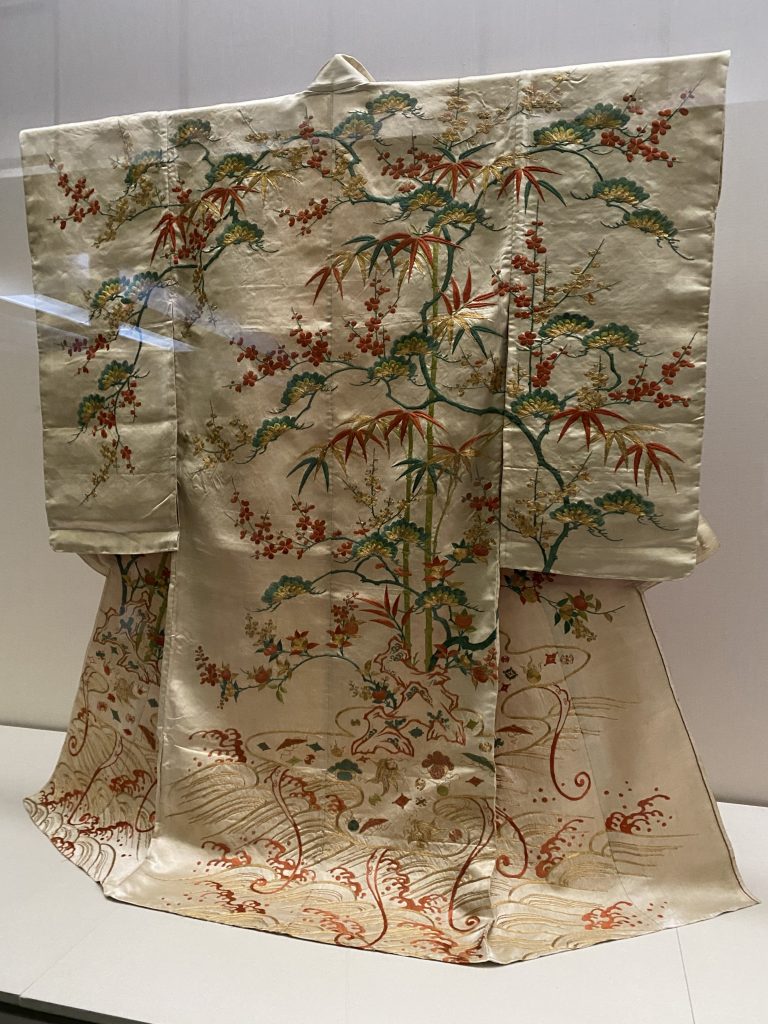I read the chapter “The Contemporary Kimono” in the Berg Encyclopedia of World Dress and Fashion, written by Sheila Cliffe, a kimono researcher and author. The article details the history, construction, industry, development, and culture surrounding the kimono, a signature garment of Japan typically consisting of a floor-length robe wrapped around the body. Kimonos come in a range of styles, from casual to formal, with differences in methods of production and wear. Cliffe explains a variety of kimono types meant for certain occasions, from the shiro muku wedding gown to the iro muji for tea ceremonies. The author discusses the evolution of the kimono over time that came with social, technological, and cultural changes in Japan. For example, as women’s roles in society changed over time, so did the garments they wore. An example is the hakama, or trouser skirt, which indicated the more active lifestyle of a samurai wife. Before the early twentieth century, kimonos were ubiquitous across Japan. The 1950s marked a major shift in Japanese dress, as western clothing became very popular. Yet, the kimono continues to retain its special significance in Japanese social life, as it is the preferred dress for festivals, ceremonies, and other occasions. Additionally, the influences of kimono are present in fashion in art internationally, seen in motifs, methods, and structures. Cliffe concludes with a section on controversies about the kimono, dismantling myths about the influence of European thought on the birth of fashion systems, the evolution of the garment, and the misuse of the term kimono.
This article was quite fascinating to read, as I have always been curious about the history of the kimono. I was particularly interested in learning about the slow and subtle changes in the kimono over time, and how the fashion/dressing system of the kimono has transformed according to political, economic, social, and technological factors. The author’s discussion of misunderstandings and controversies related to the kimono was particularly thought-provoking, and I found this quote insightful: “Some have argued that the kimono takes no account of the size of the human figure, because it is not shaped, like Western dress. This is a misunderstanding, as the fitting takes place during the dressing process rather than during the cutting of the cloth, which means that it can actually be fitted perfectly to the body rather than the wearer choosing a generic size, which might or might not fit his or her body well” (Cliffe).








